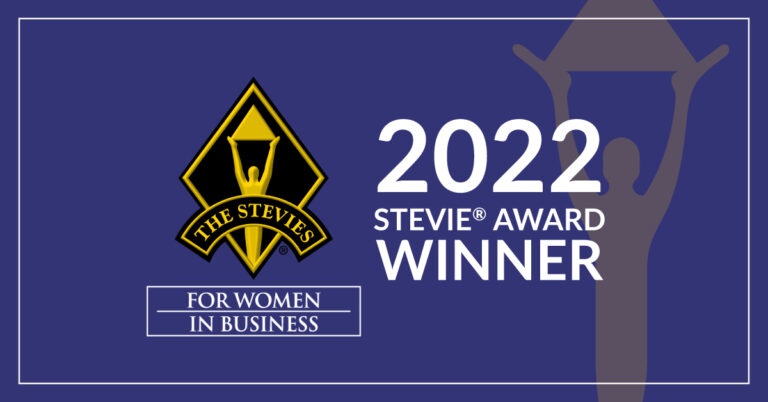The Fatal Flaw in Most 360 Degree Feedback Programmes
Is there something wrong with the process of 360-degree feedback?
In my last blog post, I guessed you would struggle to name more than one or two people who had changed their behaviour since receiving 360-degree feedback. One of the biggest problems identified in the DDI study is recipients see the feedback as a “report card” – rather than a road map for development.
Given the competitive nature of many workplaces, it’s probably unsurprising that leaders see the feedback as judgemental rather than developmental. It can be problematic if it’s not made clear the feedback results will be used for development, rather than for promotion or compensation. The key question asked will be “How do I compare with others?” rather than “How can I improve myself?”.
The solution to this difficulty lies in shifting the focus away from the feedback report as the central object of the 360-degree feedback. Instead, the focus should be on the development plan the leader puts together and works on in response to the feedback.
The process of 360-degree feedback
And that’s why it’s so critical the 360-degree feedback should not be an isolated exercise but should be in the context of and as a starting point for a developmental coaching programme.
The feedback session and development plan should cover four elements as a starting point for the coaching:
-
Key insights and lessons – what did I learn from the 360 degree feedback about my strengths, weaknesses and development needs?
-
Development priorities – from what I learned, what are the strengths I should try to build on and what are the key development needs I should work on?
-
Action plan – what kinds of developmental experiences do I need? What extra support would be useful? What training should I get and what books should I read?
-
Success – how will I know my development efforts have been successful?
The key to successful 360-degree feedback
Success of the 360 degree feedback coaching programme relies on giving leaders the support they need. Support to follow through on the development plan to yield observable, measurable behaviour change. Without this follow through, 360-degree feedback often ends up as an interesting experience for the participant. And an expensive experiment for the organisation.
In my next blog post, I’ll compare off-the-shelf with customised 360-degree feedback tools and share my thoughts on which works best when.
Do you have any experience of 360-degree feedback? I’d love to hear what’s worked for you and what challenges you’ve encountered.



